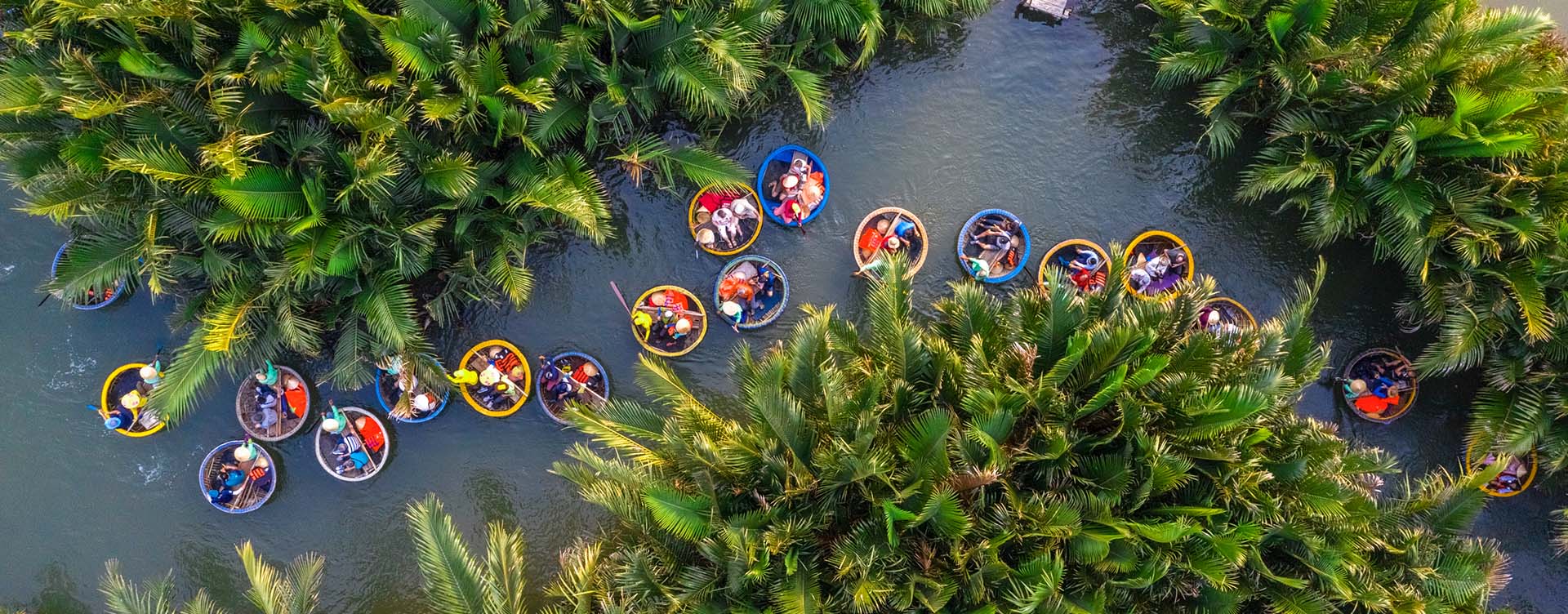Key Information for Travelers to Philippines

- Make sure you are up to date with your COVID-19 vaccines before traveling to the Philippines.
- Even if you are up to date with your COVID-19 vaccines, you may still be at risk for getting and spreading COVID-19.
- Follow all requirements and recommendations in the Philippines.
Make sure to plan ahead
- Make sure you are up to date with your COVID-19 vaccines before you travel.
- Follow all airline requirements of transportation operators as well as any requirements at your destinationExternal Link, including mask wearing, proof of vaccination, testing, or quarantine.
- Consider getting tested for current infection with a viral test as close to the time of departure as possible (no more than 3 days) before travel.
- Requirements for travelers in other countries may differ from U.S. requirements. If you do not follow your destination’s requirements, you may be denied entry and required to return to the United States.
- During your visit wear a well-fitting mask in indoor public spaces. You may choose to wear a well-fitting mask outdoors when in sustained close contact with other people, particularly if you or someone you live with has a weakened immune system or is at increased risk for severe illness.
For more infomations, Please visit this link: https://wwwnc.cdc.gov/travel/notices/covid-unknown/coronavirus-cambodia
Fun facts
Read the basic info and also some fun facts about Philippines!

Lona Tran
Travel Expert
Paradise awaits. Relax on sandy, uninhabited islands surrounded by turquoise waters, trek through lush rice terrace-lined valleys, and indulge in conversation with friendly locals. There is a reason the saying goes: “It’s more fun in the Philippines!”

